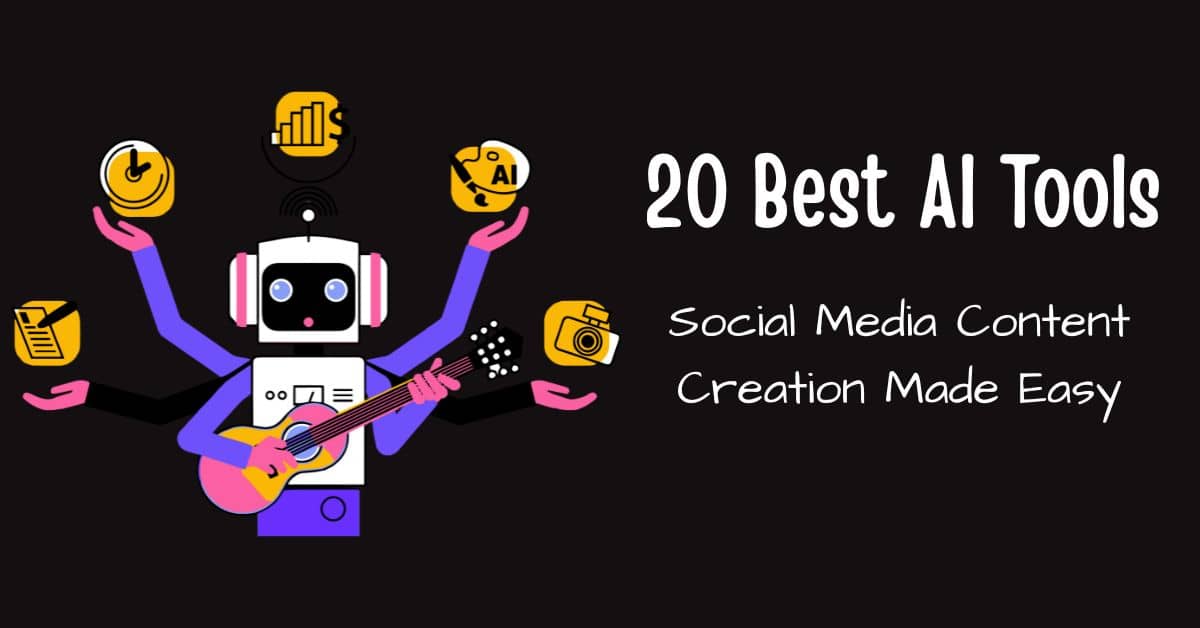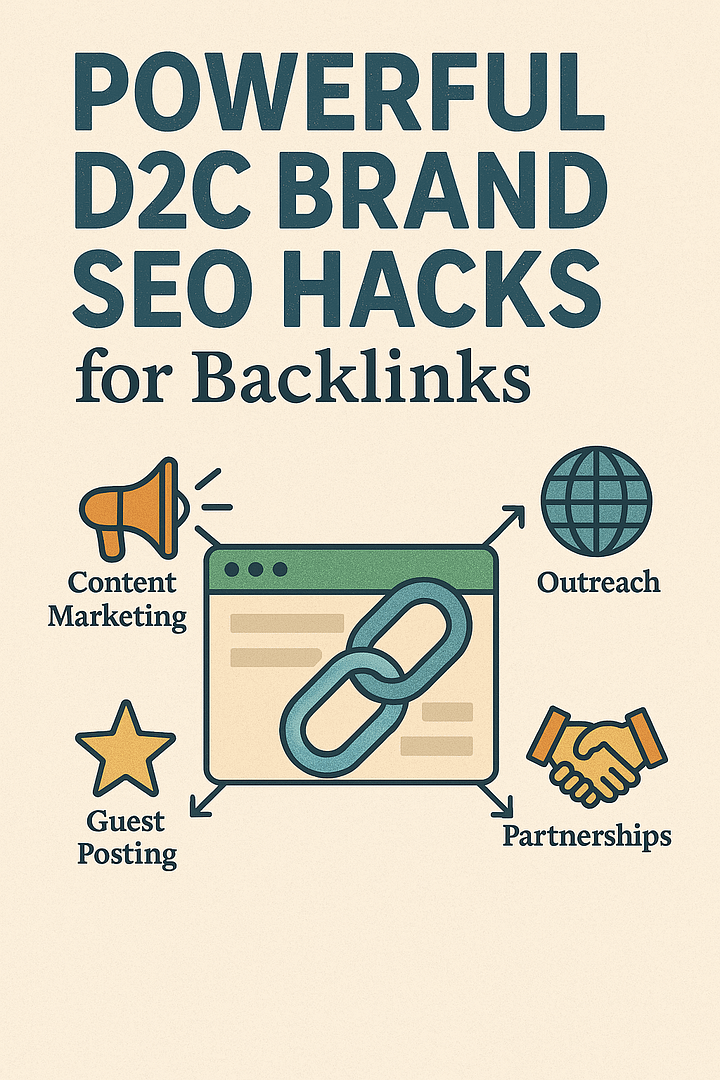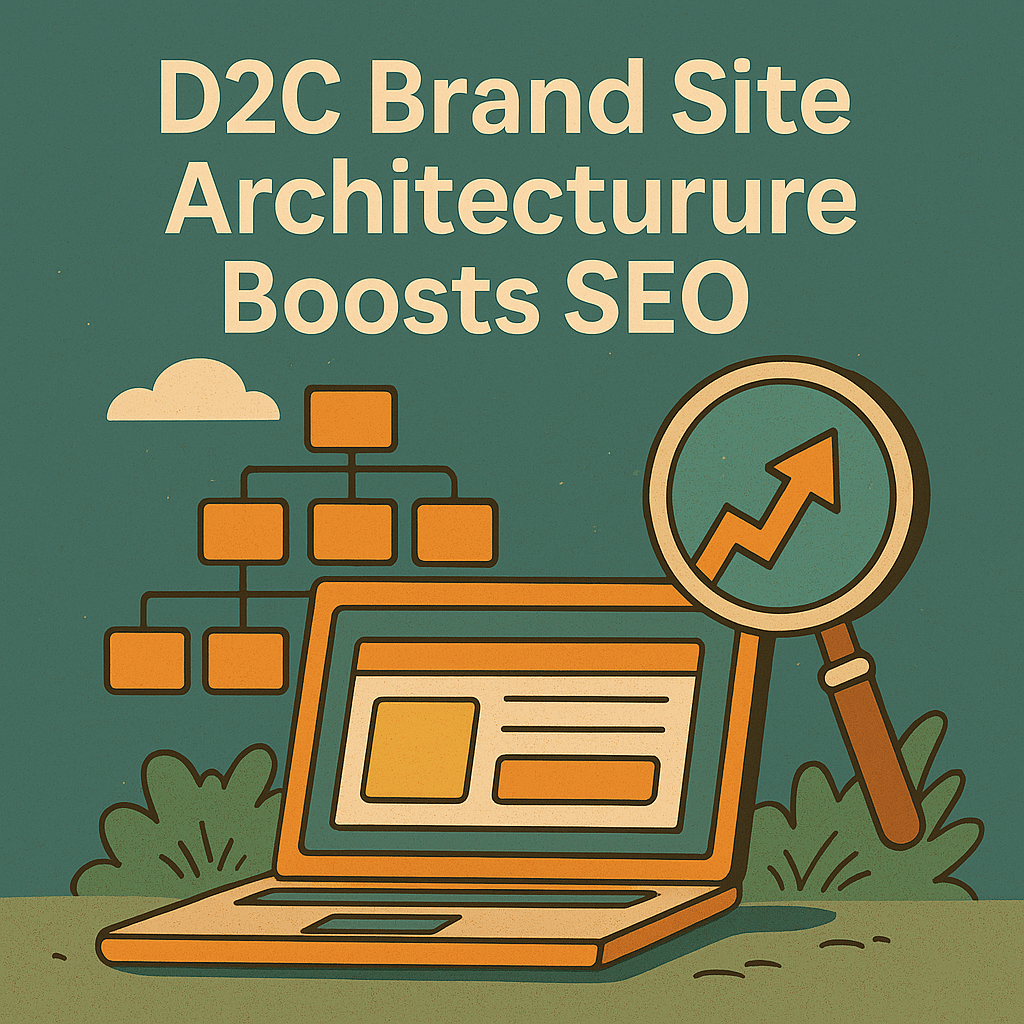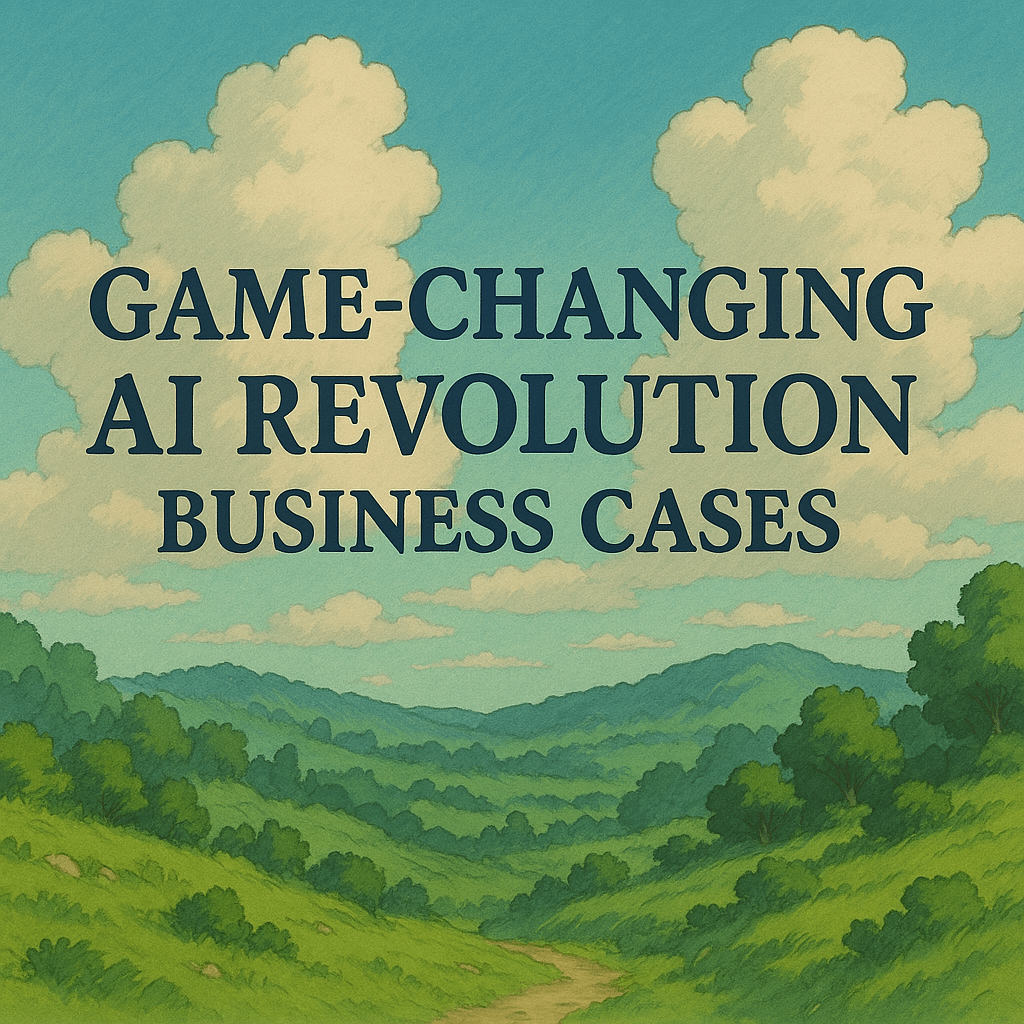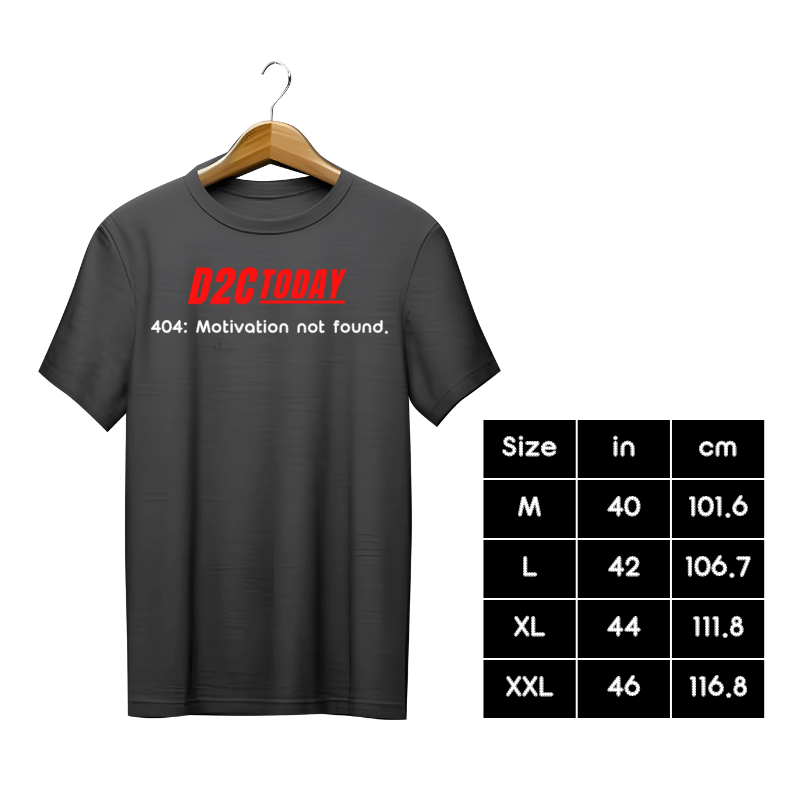Build a Sustainable D2C Brand: Avoid Greenwashing
Building Sustainable D2C branding | Growing, Eco-friendly demand | Top Trends in D2C | Gen Z To build a sustainable D2C brand, align with eco-conscious values, use ethical sourcing, reduce waste, leverage AI, and communicate transparently to earn consumer trust and drive long-term environmental impact. Understand and Align with Eco-Conscious Consumer Values. Understand and Align with Eco-Conscious Consumer Values Research Consumer Preferences and Environmental Priorities To build a sustainable D2C brand that attracts eco-conscious consumers, it’s vital to understand their preferences and environmental priorities. By 2025, consumers are increasingly aware of the impact their purchases have on the environment. They value transparency, ethical practices, and sustainability in the brands they support. Conduct market research and engage in conversations with your target audience to identify their values and needs. Create Products that Meet Eco-Friendly Standards Once you have a clear understanding of your eco-conscious consumers, the next step is to create products that align with their values. Ensure that your products are made with sustainable materials, have a minimal carbon footprint, and are produced through ethical practices. Here are a few key steps: Engage with Consumers Through Sustainable Practices Connecting with eco-conscious consumers goes beyond offering sustainable products. It’s about demonstrating a commitment to sustainability in every facet of your business. Engage with consumers by: Eco-Friendly Consumer Habits By understanding and aligning with the values of eco-conscious consumers, creating eco-friendly products, and engaging through sustainable practices, your D2C brand can build a loyal and passionate customer base dedicated to making a positive impact on the environment. Integrate Sustainable Practices into Your Business Model Building a sustainable D2C brand that attracts eco-conscious consumers requires adopting environmentally friendly practices at every stage of your business. By integrating sustainable practices into your business model, you contribute to the planet while creating a brand that resonates with mindful consumers. Here are key areas to focus on: Adopt Sustainable Sourcing and Production Methods One of the most significant steps in building a sustainable business is adopting ethical and sustainable sourcing practices. Ensure that the raw materials for your products are responsibly sourced and that your production methods are eco-friendly. Consider the following: Implement Circular Economy Practices A circular economy aims to keep products, components, and materials at their highest utility and value at all times, distinguishing between technical and biological cycles. By adopting circular economy practices, you can significantly reduce your environmental impact: Focus on Reducing Carbon Footprint and Waste Reducing your carbon footprint and managing waste are crucial steps in creating a sustainable business. Consumers are increasingly aware of the impact of their purchases, and they prefer brands that actively work to reduce their environmental footprint. Here’s how you can focus on these areas: Sustainable Product Preferences By integrating these sustainable practices into your business model, you not only contribute to environmental wellness but also build a strong and trustworthy brand that eco-conscious consumers will support and advocate for. Making sustainability a core part of your business strategy is essential for long-term success and positively impacting the planet. Communicate Transparently About Your Sustainability Efforts Honesty and transparency are essential when sharing your brand’s sustainability initiatives. Open communication builds trust with your audience and establishes your brand as credible and committed to genuine environmental stewardship. Here’s how to effectively communicate your sustainability efforts: Be Open About Sustainability Goals and Achievements Start by clearly outlining your sustainability goals. Detail what you aim to achieve in your sustainability journey, whether it’s reducing carbon emissions, using renewable energy, or minimizing waste. Share specific targets and deadlines to demonstrate your commitment. Moreover, it’s important to disclose ongoing progress transparently. Highlight your achievements and milestones, no matter how small: Avoid Greenwashing by Providing Factual and Verifiable Claims Greenwashing can irreparably damage your brand’s reputation. To avoid it, ensure that all claims about your sustainability practices are factual and verifiable. Use concrete data and third-party certifications to lend credibility to your statements: Use Storytelling to Highlight Your Brand’s Sustainability Journey Engage your audience by sharing the stories behind your sustainability initiatives. People connect with stories, making your journey more relatable and compelling. Whether it’s a behind-the-scenes look at ethical sourcing practices or a profile of employees driving sustainability in your company, storytelling can make your efforts resonate with consumers: Harnessing Technology and Innovation for Sustainability in D2C Brands Building a sustainable Direct-to-Consumer (D2C) brand isn’t just about sourcing ethically or reducing waste. It’s also about integrating modern technology and innovative solutions to create measurable, positive impacts on both the environment and your bottom line. Here’s how: Utilize AI to Optimize Supply Chain Efficiency Artificial Intelligence (AI) has the capability to refine supply chain processes, minimizing emissions and reducing waste: Sustainability Practices for D2C Brands Incorporate Smart Tech for Renewable Energy Solutions Transitioning to renewable energy is not only an environmental decision but also a strategic business move. Smart technology can aid in making this transition smoother: Innovate Sustainable Products with R&D Research and Development (R&D) is at the heart of creating sustainable products. Innovation in this area ensures that products not only meet consumer needs but do so responsibly: By harnessing AI, smart technology, and continuous innovation, your D2C brand can pave the way towards a more sustainable future, attracting eco-conscious consumers and setting new industry standards. Related Articles 5 AI Marketing Strategies Leading Brands Are Using in 2025 Quick Commerce India: Consumer Minds, Shaping Global Trends 2025 Connect With Author


